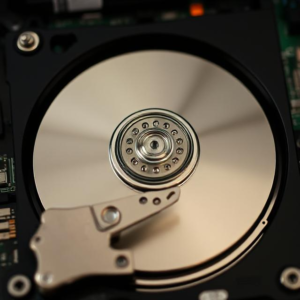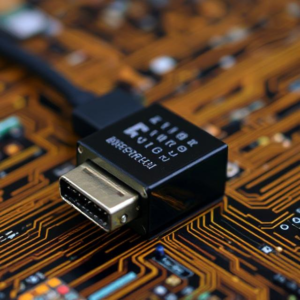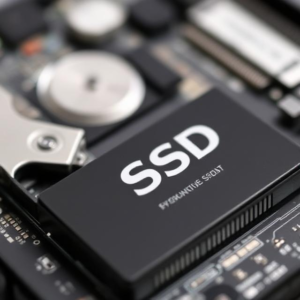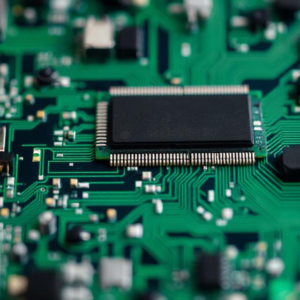Flash Memory vs. DRAM: Explanation
Flash memory and DRAM (Dynamic Random Access Memory) are two different types of memory used in electronic devices. Both serve important purposes, but they are quite different in how they work, what they are used for, and their advantages and disadvantages. Let’s break it down in a simple way:
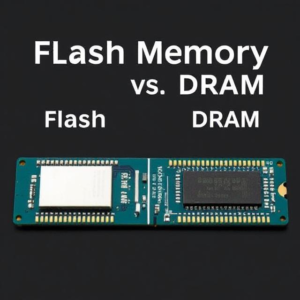
1. What is Flash Memory?
Flash memory is a type of non-volatile storage. This means it stores data permanently even when the power is turned off. It’s commonly used in devices like USB drives, SSDs (Solid State Drives), memory cards, and smartphones.
Key Characteristics of Flash Memory:
- Non-volatile: Data is kept even when the power is off.
- Storage: It is used for long-term storage, like saving files, apps, and the operating system.
- Speed: Flash memory is slower than DRAM but faster than older storage types like hard drives (HDD).
- Data Access: It’s slower to read and write data compared to DRAM.
- Durability: Flash memory has limited read/write cycles, meaning it can wear out after many uses.
Where Flash Memory is Used:
- Storage Devices: SSDs, USB drives, memory cards.
- Phones: To store apps, photos, videos, and other data.
- Cameras: For storing photos and videos.
2. What is DRAM?
DRAM stands for Dynamic Random Access Memory. It is a type of volatile memory, which means it loses all data when the power is turned off. DRAM is mainly used as temporary, fast memory in computers and electronic systems to store data that is actively being used or processed.
Key Characteristics of DRAM:
- Volatile: Data is lost when power is turned off.
- Speed: DRAM is very fast at reading and writing data.
- Temporary Storage: DRAM is used for short-term memory while the device is running.
- Constant Refresh: DRAM needs to be constantly refreshed to maintain data, as it stores data in capacitors that lose charge over time.
- Capacity: DRAM tends to have larger capacities than flash memory in systems like computers, as it’s cheaper to make in large sizes.
Where DRAM is Used:
- Computers: To store data that the CPU (central processing unit) is actively using.
- Phones: For running apps, multitasking, and keeping data active while the phone is on.
- Gaming Consoles: For storing data that’s actively being used in games.
3. Flash Memory vs. DRAM: Key Differences
| Feature | Flash Memory | DRAM |
|---|---|---|
| Volatility | Non-volatile (retains data when powered off) | Volatile (loses data when powered off) |
| Speed | Slower (compared to DRAM) | Much faster than flash memory |
| Storage Type | Used for long-term storage (e.g., files, apps) | Used for short-term storage (e.g., active data) |
| Data Access | Slower to read and write | Fast read and write |
| Power Requirement | Uses power to read/write, but keeps data without power | Needs constant power to retain data |
| Cost | More expensive per gigabyte than DRAM | Cheaper to produce in larger quantities |
| Durability | Limited read/write cycles | No wear-out from reading/writing, but needs refreshing |
| Example Uses | SSDs, USB drives, memory cards, phones | RAM in computers, smartphones, tablets |
4. When to Use Flash Memory vs. DRAM?
- Use Flash Memory for:
- Storing Data Permanently: It’s ideal for storing files, apps, videos, photos, or any data that you want to keep even when the device is turned off.
- Long-Term Storage: Flash memory is great for things like SSDs in computers or external storage drives where you need to store large amounts of data.
- Use DRAM for:
- Running Active Applications: DRAM is best for temporary, fast-access memory needed to run apps and programs while the device is on.
- Speed and Performance: DRAM is used when the computer or phone needs to quickly access data or process tasks, like gaming or multitasking.
5. Summary of Flash Memory vs. DRAM:
- Flash Memory is slow but can store data permanently (even when the device is powered off). It is used for long-term storage like on your phone, SSDs, or USB drives.
- DRAM is fast but loses data when power is off. It is used for fast, short-term memory while running programs, like on your computer or phone’s working memory.
In short:
- Flash Memory = Permanent storage (slow but keeps data without power).
- DRAM = Temporary, fast memory (loses data when power is off but speeds up processing).

